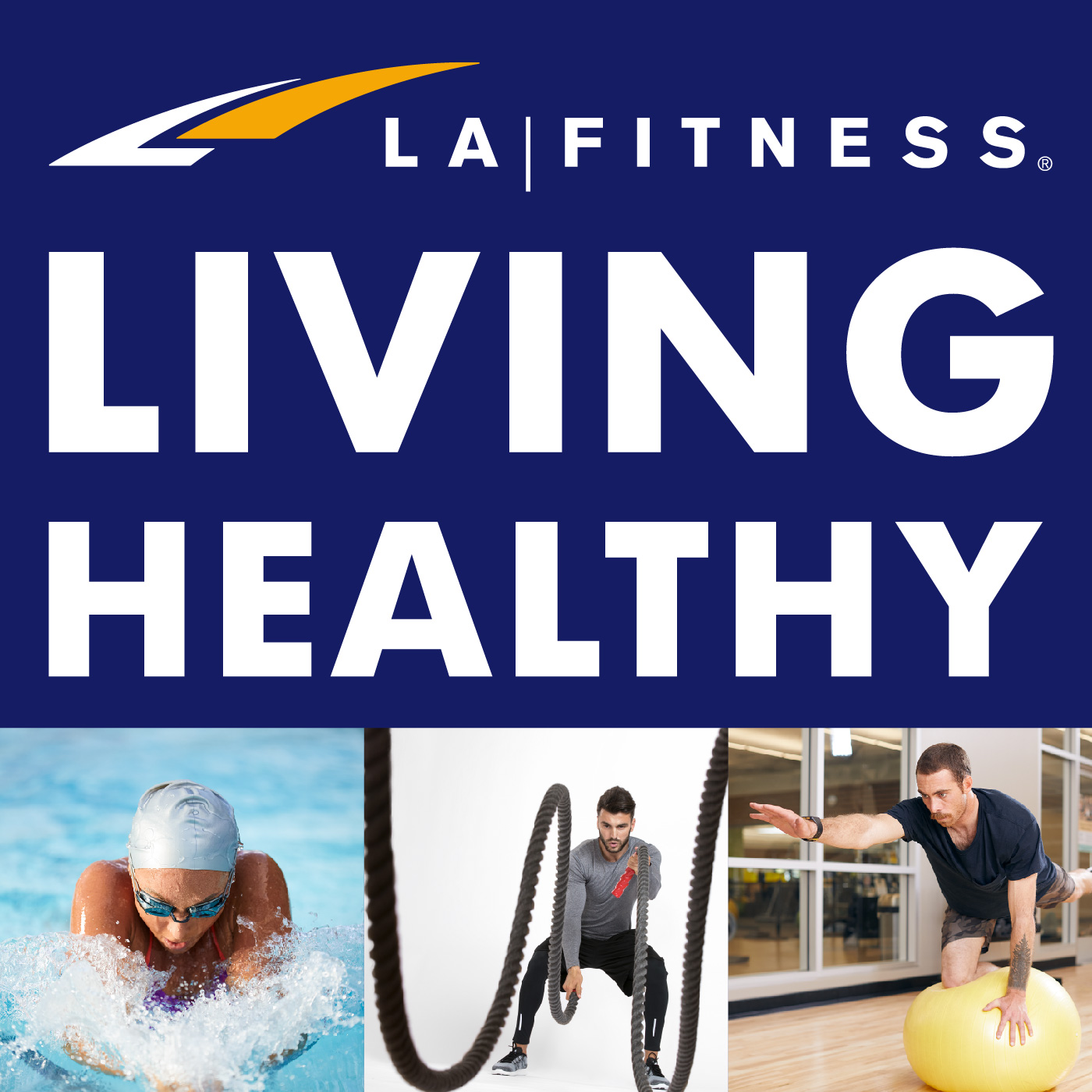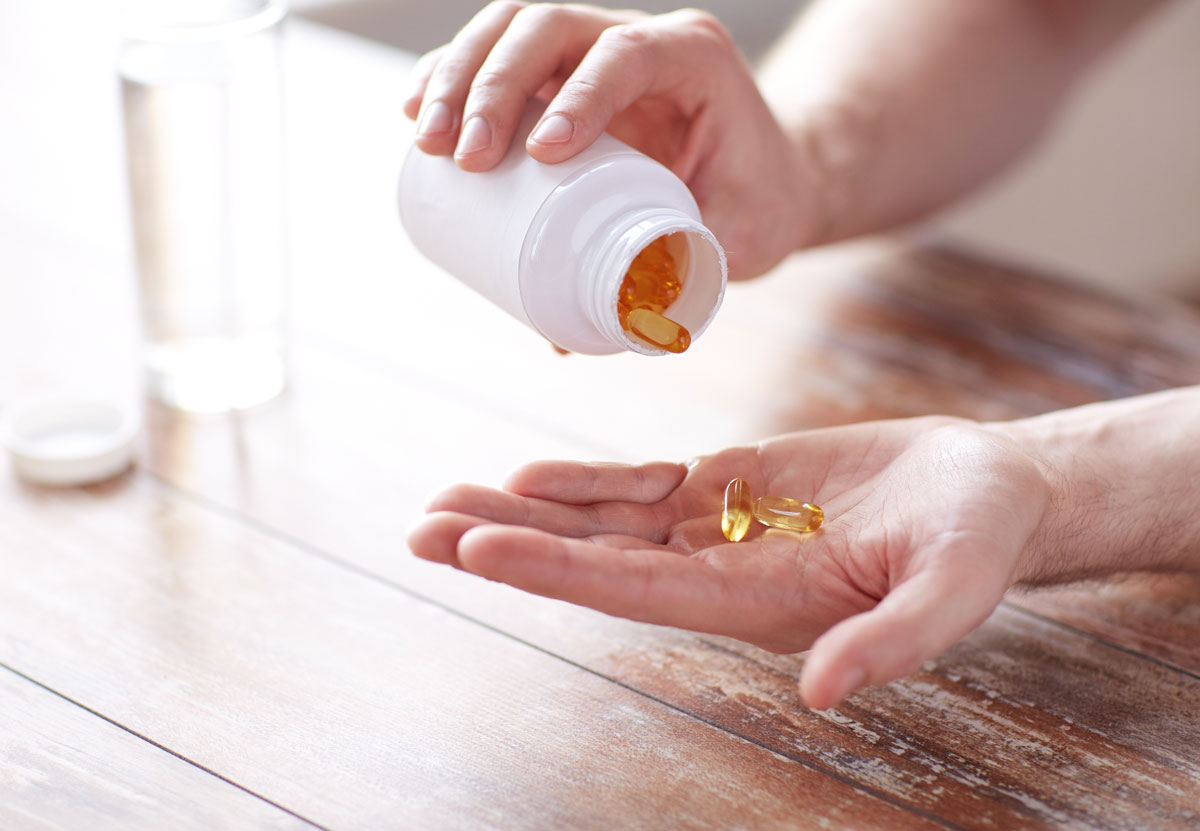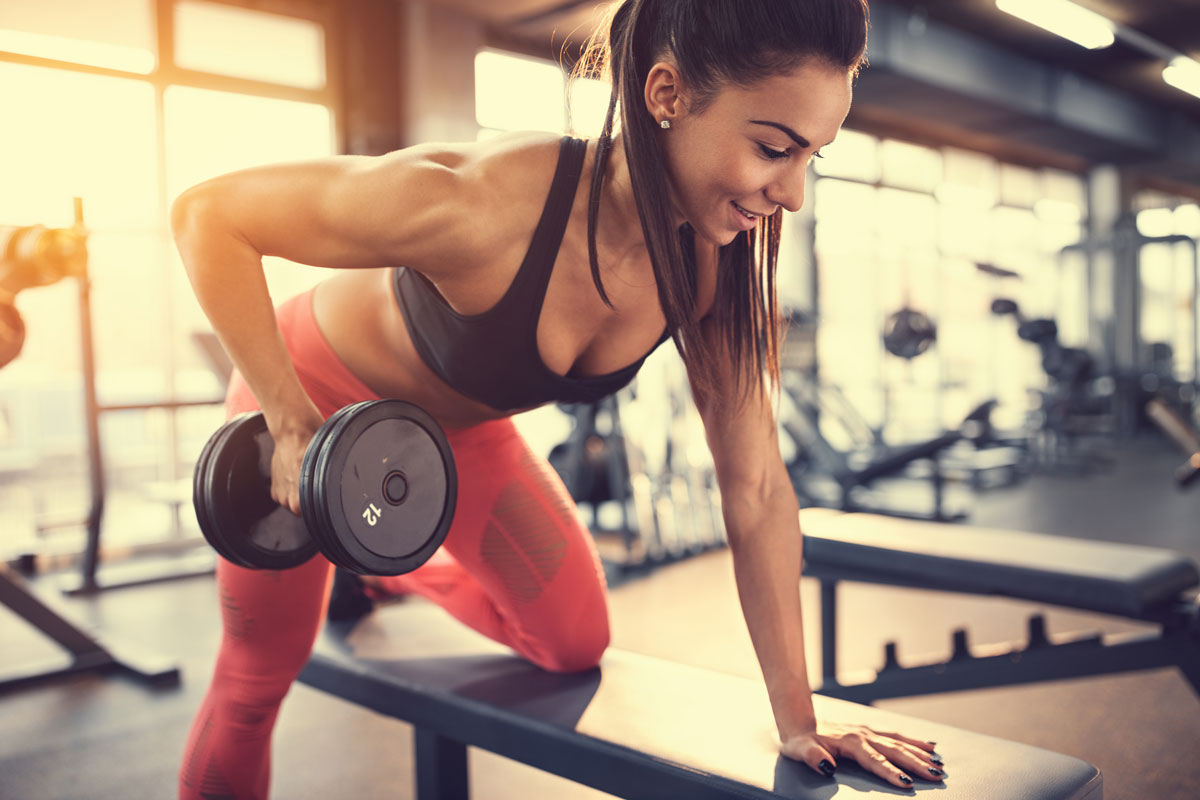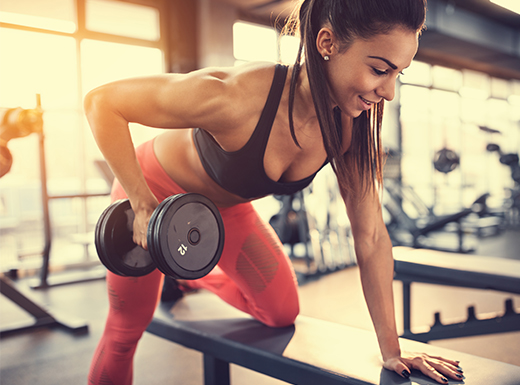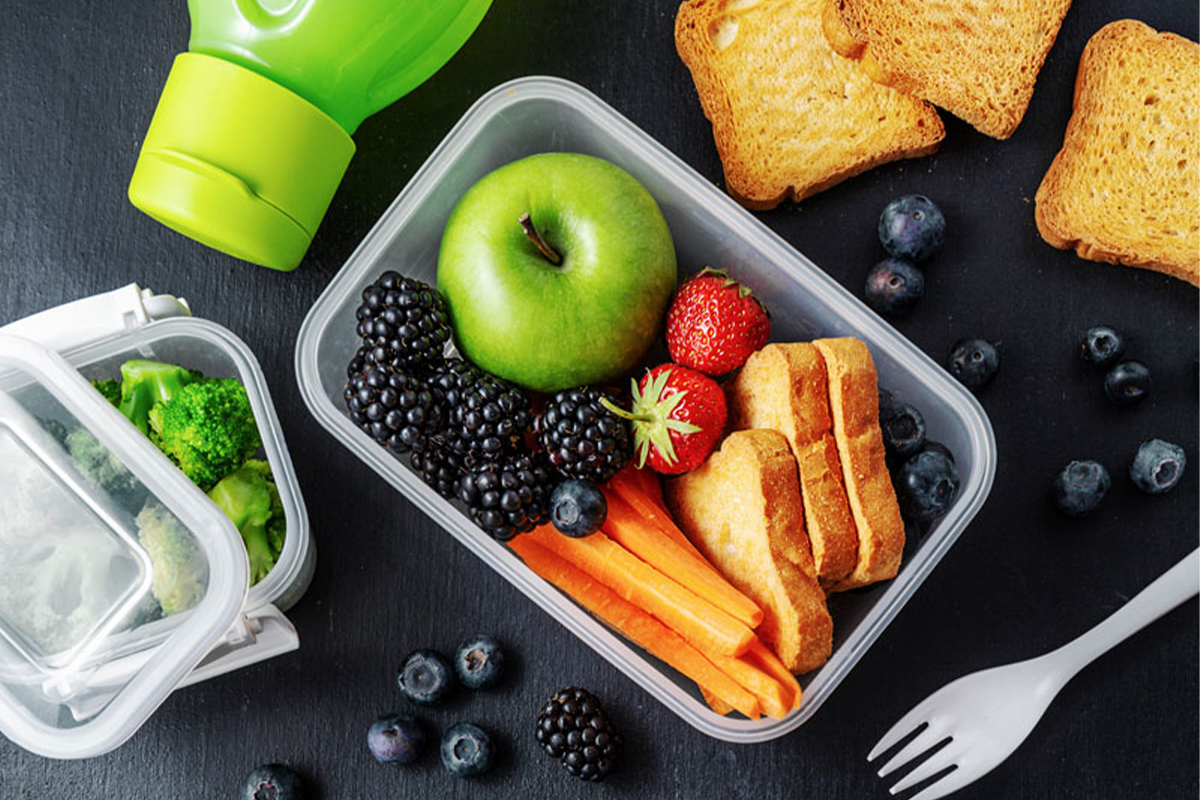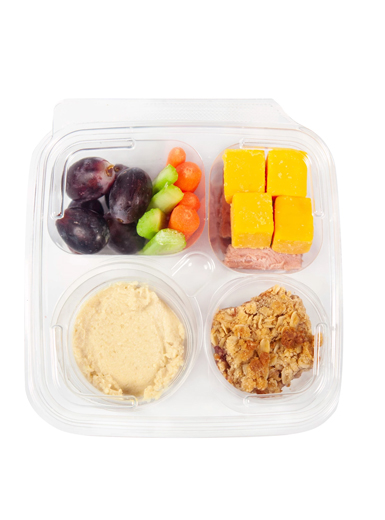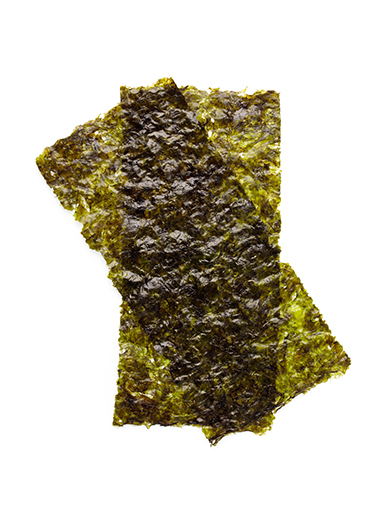LA Fitness 4th of July and Canada Hours 2022
LA Fitness will be open for Independence Day and Canada Day! Modified clubs hours are below!Holiday Hours (U.S.) Monday, July 4th: 8AM - 4PM Tuesday, July 5th: Normal Hours Holiday Hours (Canada) Friday, July 1st: 8AM - 4PM Saturday, July 2nd: Normal Hours ...

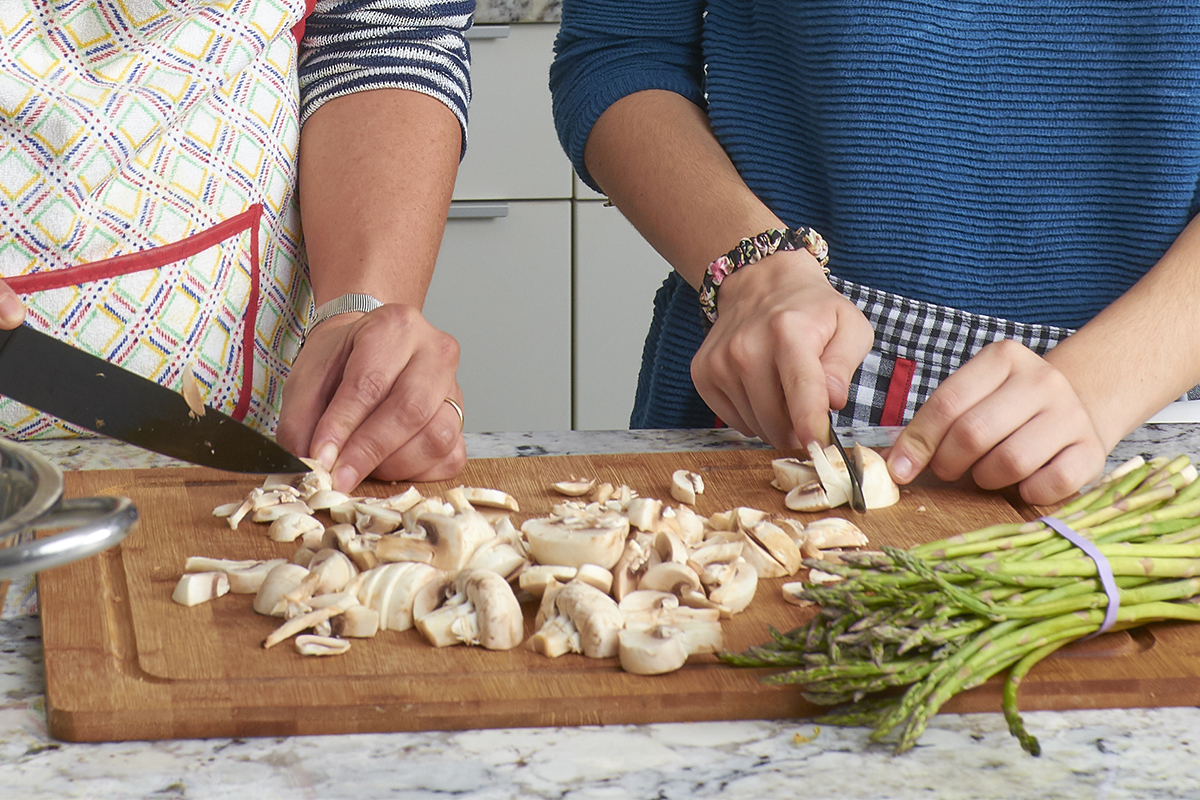


 Have a nutrition question? Our registered dietitian is ready to help!
Have a nutrition question? Our registered dietitian is ready to help!
